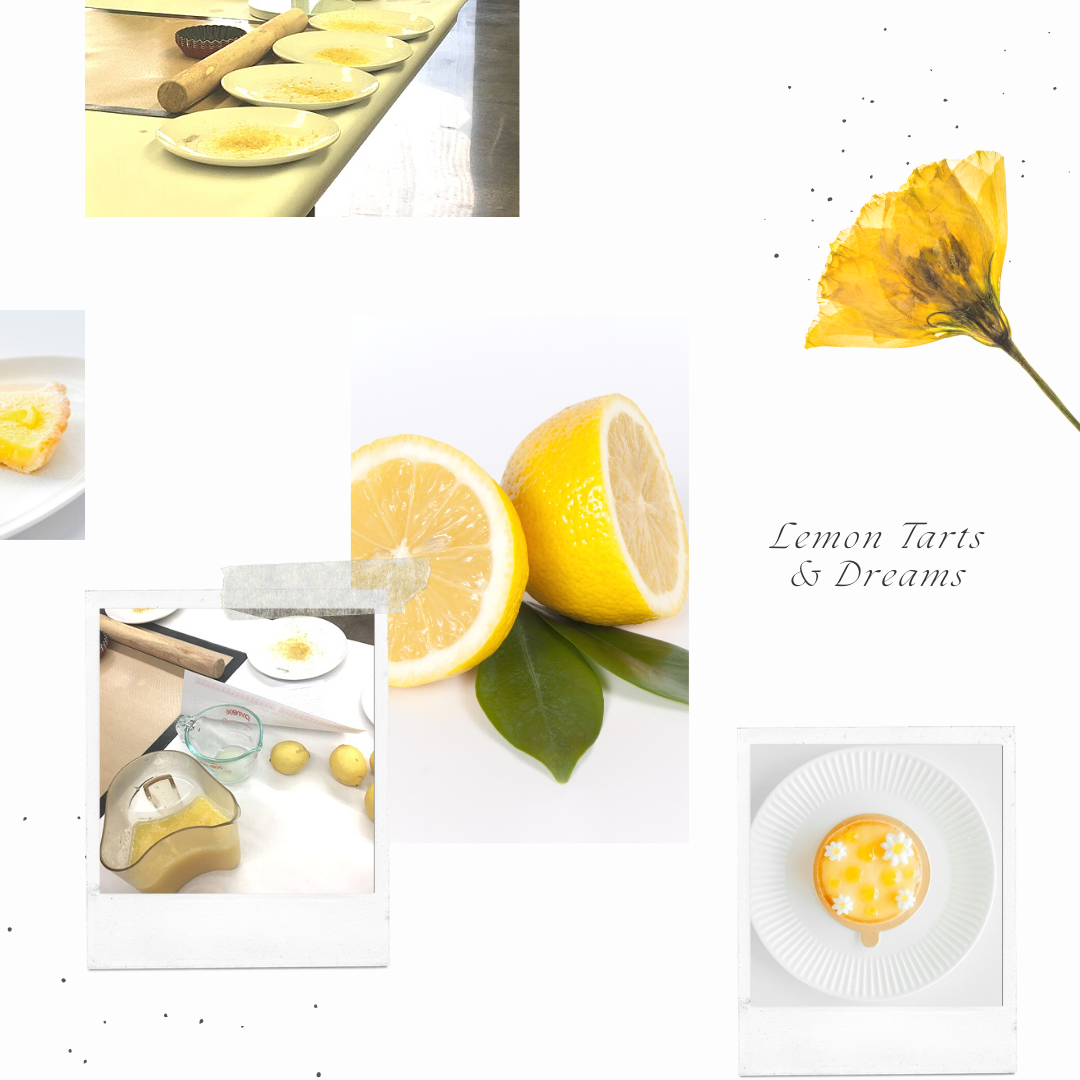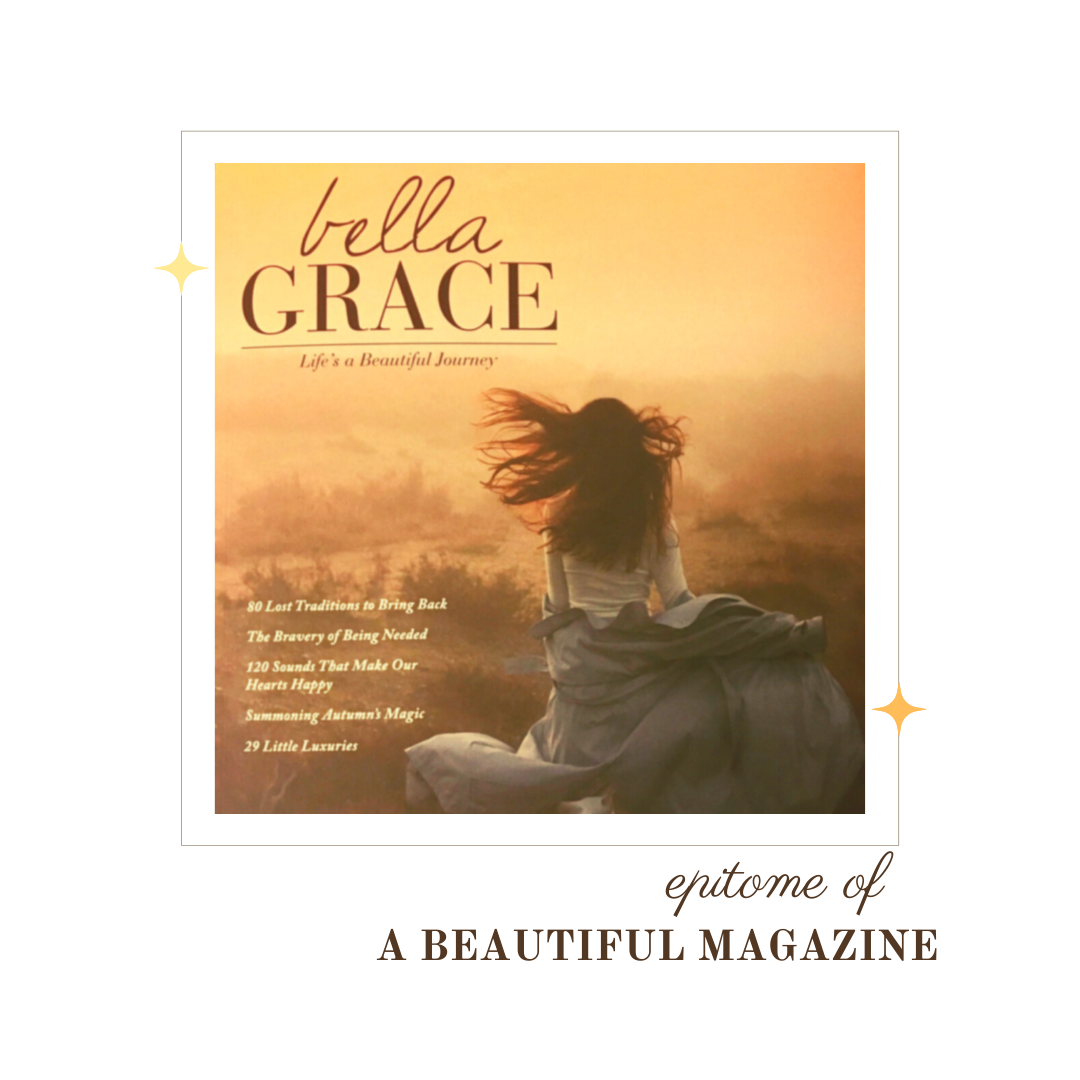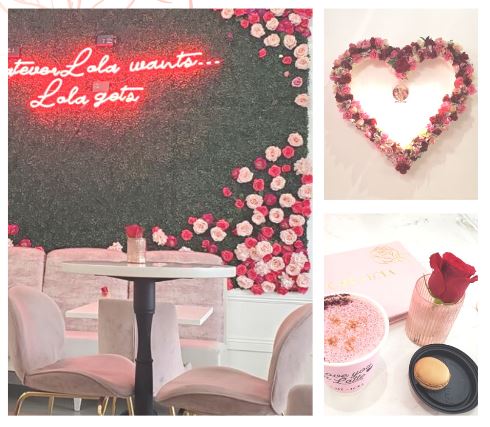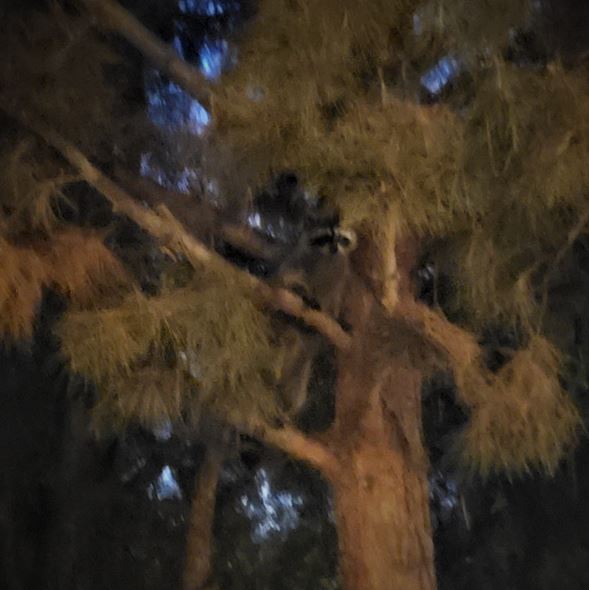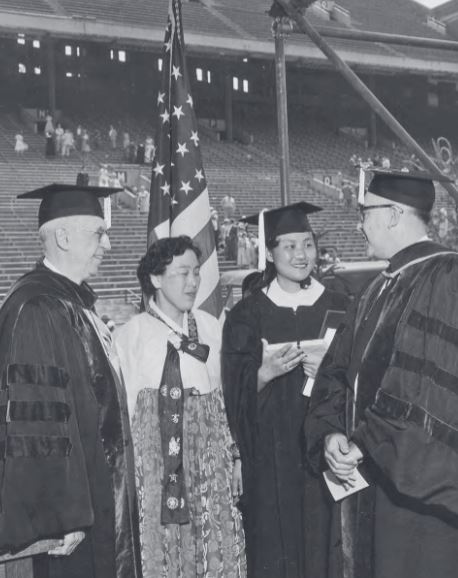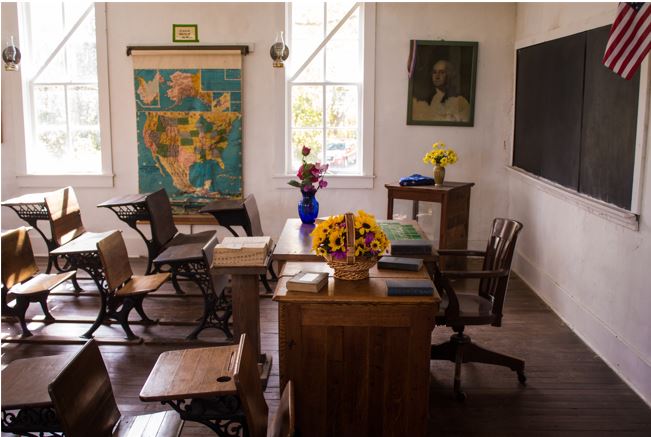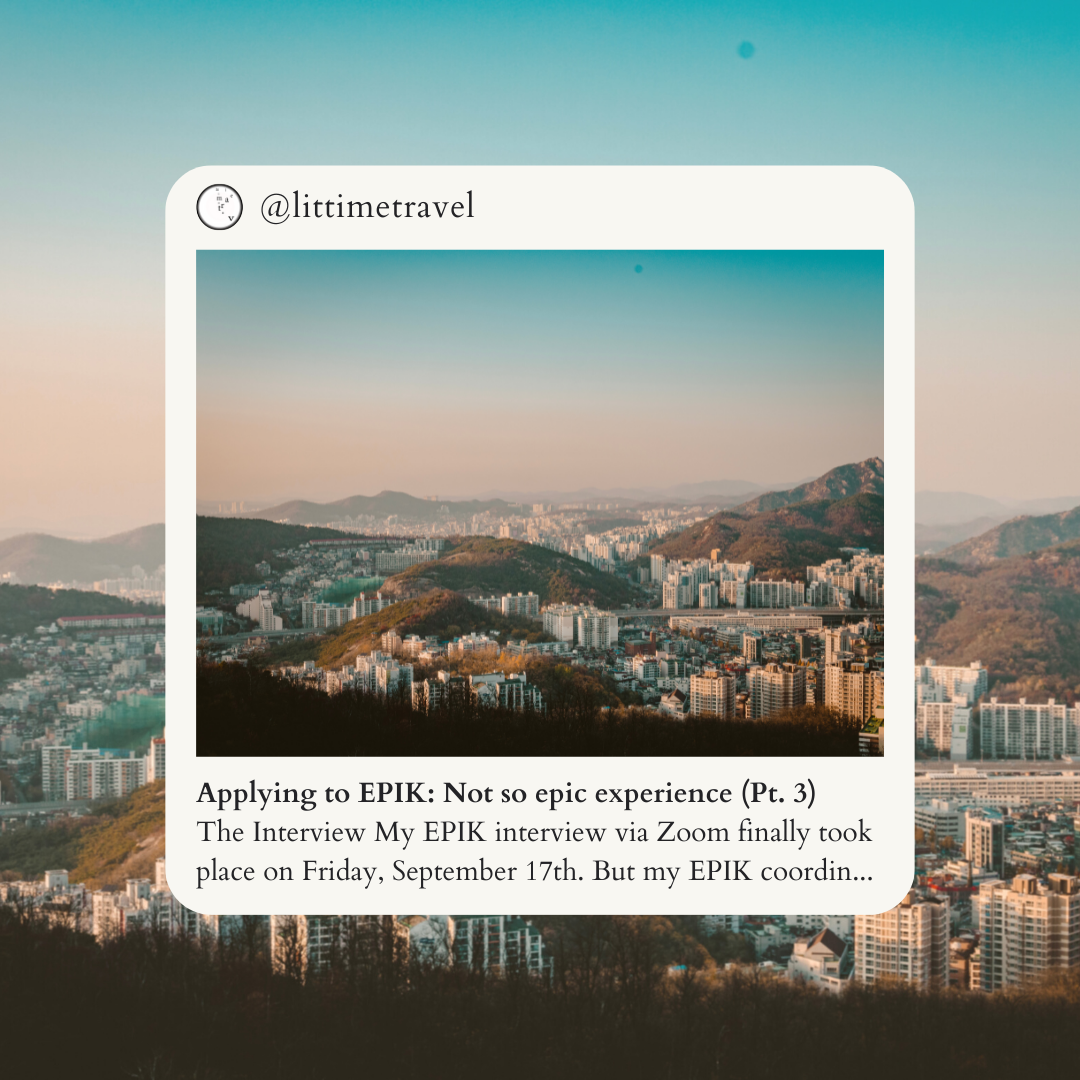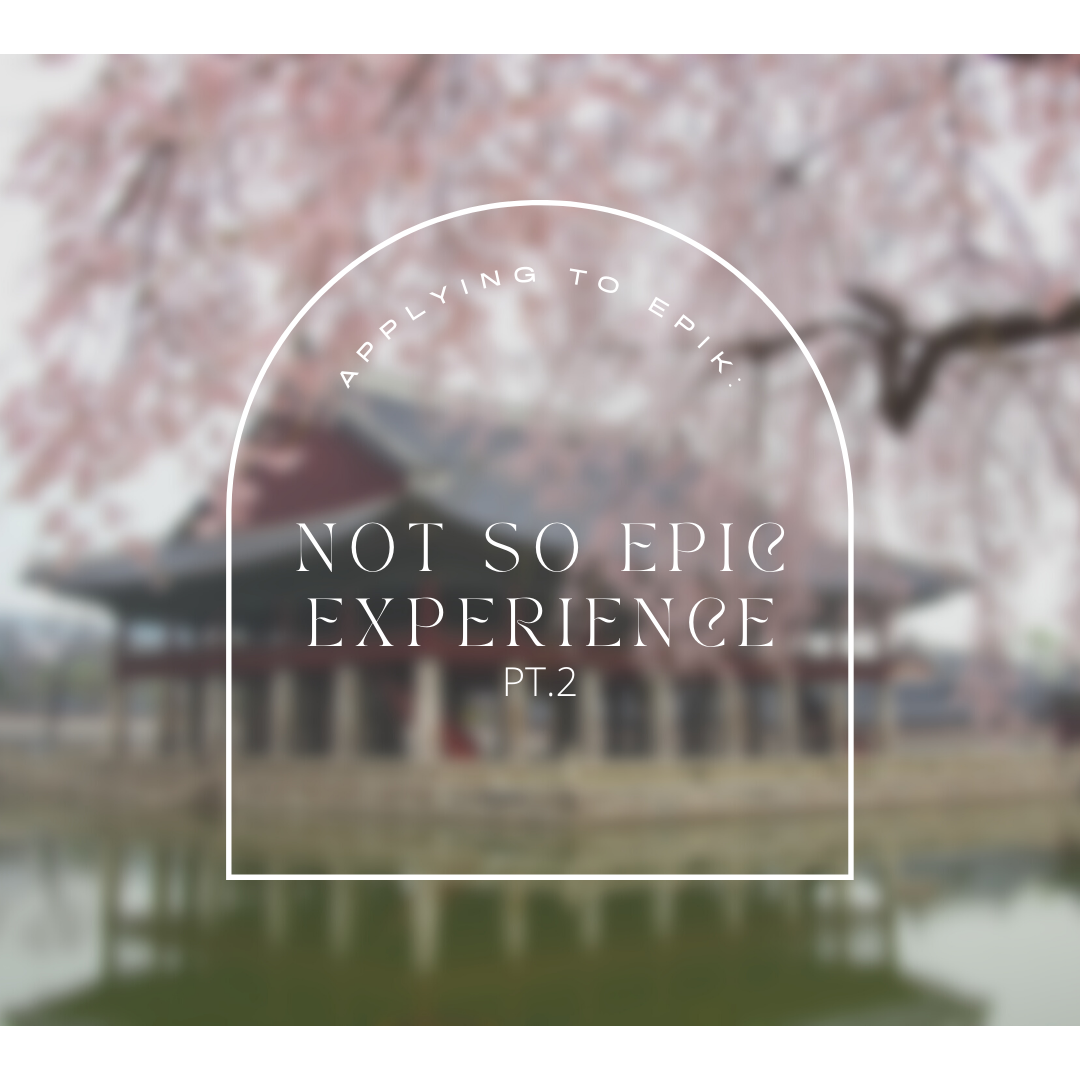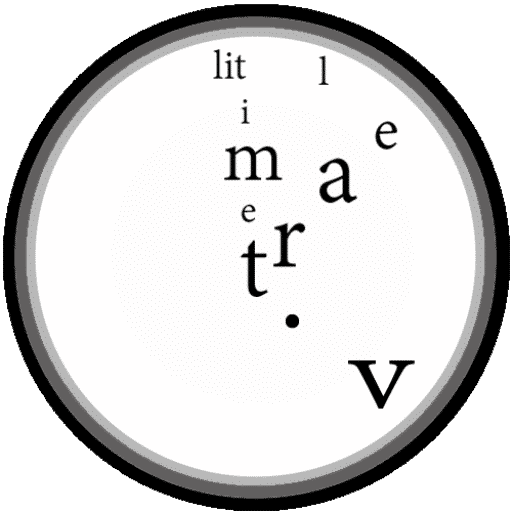

A Special Occasion
Last Saturday on October 16th, Honey & Butter released macarons in collaboration with LINE FRIENDS (characters popular in Asia). According to their website, they will continue to release these special macarons for two more dates, on October 23rd & 30th. As I expected there to be much competition, I set out at 9AM, an hour before the store opened.
Honey & Butter Macarons is located in the city of Irvine, in a shopping center called Irvine Spectrum Center. This center deserves a post of its own, with its unique architecture and a plethora of good shops. 👍
As the center itself also opens everyday at 10AM, there was nobody there when I arrived.

But not at 9AM in the morning!
Or so I thought.
Once I walked in deeper inside, I saw some residents living around the Spectrum Center walking their dogs and meeting their friends. But still, these were people who lived in the area; they weren’t headed towards the macaron shop. So I quelled my concerns and walked on to Honey & Butter.

And then I saw:

It was only 9:30 AM, and yet, there was a line already!

I thought I’d be the first or at least the third person in line for Honey & Butter Macaron’s exquisite macarons. But in reality, I turned out to be the 30th! 😳
Though I was disappointed to join the long line, I was still one of the first 100 customers who would get free stickers of the Honey & Butter Macarons X LINE FRIENDS collaboration. Hence, I was content to wait behind 29 fellow zealots of cute & aesthetic macarons.
The Wait
I waited for about an hour before it was my turn to order. While waiting, there were many passersby wondering at the long line so early in the morning. They stared and muttered while Honey & Butter Macarons employees took promotional pictures and videos of eager customers like me. It was tiring to wait, but all the hype and anticipation was fun to witness, as well as the satisfied customers coming out of the store with bagfuls of macarons.
*Plus, a Honey & Butter associate handed out flavor guides & wristbands to everyone waiting in line. The wristband system is their new way of preventing unfair purchases of creature (special character) macarons, which are limited in quantity.

*If you plan on visiting Honey & Butter Macarons to purchase creature macarons, check out their wristband policy HERE!
Finally!!!

When I finally got close enough to the store, I was able to see the cute decal stickers pasted on the clear glass windows. People (including myself) were busy taking photos of them while in turn being photographed by Honey & Butter associates.


When I stepped inside the store (at last!!!) the interior was as aesthetic as it could be, with puffy clouds hanging from above and photo booths in front of walls of plants and flowers. (Even a 🕷 for a touch of Halloween!)



Plus there was the LINE FRIENDS X Honey & Butter Macarons wall, which was too cute not to share here:


They were selling their regular, non-character macarons for $3 each, and character macarons for $5 and $7 dollars each. It’s really expensive… It’s more expensive than a burger or a Chick-fil-A sandwich! 😫 But considering the amount of effort and artistry put into these macarons, I think it was worth it.

Here is a video of the macarons sold at Honey & Butter Macarons last weekend:
Close up of the creature (character) macarons! 🐻🎀🐰🐥🐸


I purchased regular macarons, creature macarons along with two pins (limited editions of Honey & Butter X LINE FRIENDS). I also got free stickers for being one of the first 100 customers and a postcard, too. And before heading out of the shop, the employees helped me take photos in front of the aesthetic photo booths. It was so much fun! 😁
When I stepped out of the cute macaron shop, it was 11:12 PM. And yet, there was a line still in front of Honey & Butter Macarons, as shown in the video above.


I spent an entire morning from 9AM preparing and waiting for this event. Plus, I spent way too much on the macarons. But it was a memorable day, with such artistic, charming little pastries for me and my family. It was worth the money and the wait!
I had to display the artsy macarons in the middle of my living room in all its beauty for my family to see. Aren’t they just…Adorable pieces of art? 😍💕💕







About Honey & Butter
From my knowledge (and online research), Honey & Butter Macarons was founded back in 2014 by Leanne and her husband Pawel Pietrasinski. Leanne was born in Vietnam and Pawel was born in Poland, and the couple met via a MMORPG game, Neverwinter Online. Sharing the same dream and passion, they created their own bakery. To read more about their unique story and journey, check out these links:
💜 The Vine Irvine City News 💜 Daily Pilot 💜 VoyageLA
Visit their Instagram account to see some of the macarons they’ve made in the past! They’ve made characters from Disney’s Frozen, Mean Girls, Dexter’s Laboratory, and Snoopy. Not to mention their Sailor Moon, One Piece, Naruto and BTS macarons! They all look incredible! 😍
I highly recommend Honey & Butter Macarons if you love aesthetic/cute things or French pastries, specifically macarons. If you are planning to purchase creature macarons though, be aware that they don’t have those everyday. I think they used to, but nowadays they are available only on special occasions like this or on days noted on their website.
P.S. Check out their official website here: https://www.honeynbutter.com/
To visit Leanne’s website use this link 👉 http://www.leannecake.cloud/ 💕
P.P.S. Follow their Instagram! Honey & Butter sometimes announces character macaron drops in their stories. They’re up for grabs till supplies last. Here are the ones that were released around noon on 5/27/2022:



They were as aesthetic and delicious as ever! 😉
(These macarons were wrapped in seriously cute packaging illustrated by kiraimai! 💕Visit the Japanese illustrator’s official website for more: https://www.kiraimai.com/)



